United Nations Vienna stamps year 1992 International Space – earth planet set MNH
The 1992 International Space Year (ISY) was a global initiative declared by the United Nations and supported by numerous space agencies worldwide, including NASA and ESA, to promote international cooperation in space exploration and increase awareness of the benefits of space technology for humanity. The year also commemorated key anniversaries in space exploration, including the 500th anniversary of Christopher Columbus’ voyage, symbolizing exploration and discovery.
The theme of ISY was “Mission to Planet Earth”, highlighting the importance of studying Earth from space and how space technology can help solve problems on our home planet. Earth observation, environmental monitoring, and international scientific collaboration were key focuses during the ISY.
1992 International Space Year – Stamps and Commemoration:
1. United States Postal Service (USPS) – “International Space Year” Stamp:
- In 1992, the USPS issued a special International Space Year stamp, symbolizing the importance of space exploration and Earth’s place in the cosmos.
- The stamp’s design featured Planet Earth as seen from space, with an artistic depiction of Earth’s atmosphere and natural beauty. The goal was to emphasize the “Mission to Planet Earth” theme and highlight how space technology aids in understanding environmental changes and promoting sustainability.
- The Earth was shown against a starry backdrop, reflecting humanity’s journey into space and how space exploration contributes to the preservation of our planet.
2. International Participation and Stamps:
- Several other countries around the world participated in ISY by issuing commemorative stamps, focusing on space exploration, environmental studies, and Earth observation.
- Countries like Russia, France, Japan, and Canada issued stamps that featured Earth from space, space technologies like satellites, and even images of space shuttles, space stations, and astronauts.
- These stamps often celebrated Earth as a “spaceship” in which all humanity shares the responsibility for the planet’s health.
3. Earth Observation and Environmental Awareness:
- The 1992 ISY emphasized using space technology to understand and protect Earth’s environment. Stamps issued during this period often depicted satellite systems and space-based observatories that monitor Earth’s weather, climate, and environmental changes.
- Space agencies like NASA and ESA highlighted Earth observation programs such as Landsat, ERS-1, and other satellites that contributed to monitoring deforestation, climate change, ozone depletion, and other global challenges.
- The ISY also aimed to raise public awareness of the importance of space technology in solving global issues such as pollution, water scarcity, and disaster response.
4. “Mission to Planet Earth” Theme:
- The Mission to Planet Earth program, spearheaded by NASA, was a central part of the ISY. It involved using satellites and space missions to study Earth’s systems, such as its atmosphere, oceans, and landmasses.
- Stamps commemorating ISY often incorporated imagery of Earth from space, symbolizing humanity’s shared responsibility to care for the planet and the potential of space technology to make a positive impact.
Key Objectives of the 1992 International Space Year:
- Global Collaboration in Space:
- ISY promoted international cooperation in space exploration and scientific research, encouraging nations to work together on missions and technology development for the benefit of all.
- Events and activities were held worldwide to foster partnerships between space agencies, universities, and industries.
- Environmental Monitoring:
- A significant goal was to promote the use of space-based tools to monitor and address environmental issues on Earth. Satellites were recognized as valuable assets for observing climate patterns, deforestation, pollution, and other environmental challenges.
- ISY emphasized the need to protect Earth’s ecosystems and use the data gathered from space to make informed decisions on conservation and sustainability.
- Space Exploration and Technological Advancements:
- The ISY also highlighted the achievements in human spaceflight, planetary exploration, and advances in space technology.
- Space agencies celebrated past and present achievements in exploring the Moon, Mars, and beyond, while looking toward future missions.
- Education and Public Outreach:
- One of the major aspects of ISY was to educate the public about the benefits of space exploration and inspire the next generation of scientists and engineers.
- Space agencies, governments, and educational institutions conducted events, exhibitions, and activities aimed at fostering interest in science, technology, engineering, and space research.
Commemorative Activities:
- Space agencies held exhibitions, conferences, and scientific symposiums during ISY, often showcasing space missions, technologies, and the role of space in understanding global environmental challenges.
- NASA organized various events around the Mission to Planet Earth initiative, emphasizing how satellites could help monitor the environment and predict natural disasters like hurricanes, droughts, and forest fires.
Legacy of the International Space Year:
The ISY left a lasting legacy in terms of fostering international cooperation in space and raising awareness about the importance of Earth observation. It underscored the value of satellites for environmental monitoring and inspired future global initiatives like the International Space Station (ISS) and continued Earth science missions.
Conclusion:
The 1992 International Space Year was a significant global event that highlighted the role of space exploration in understanding and protecting Planet Earth. Through commemorative stamps, space agencies and countries worldwide emphasized the beauty and fragility of Earth as seen from space, the importance of international collaboration, and the critical role of space-based technology in solving global environmental issues.

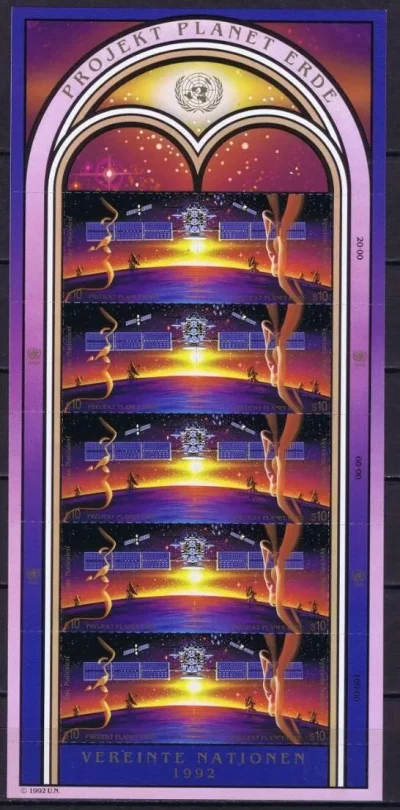

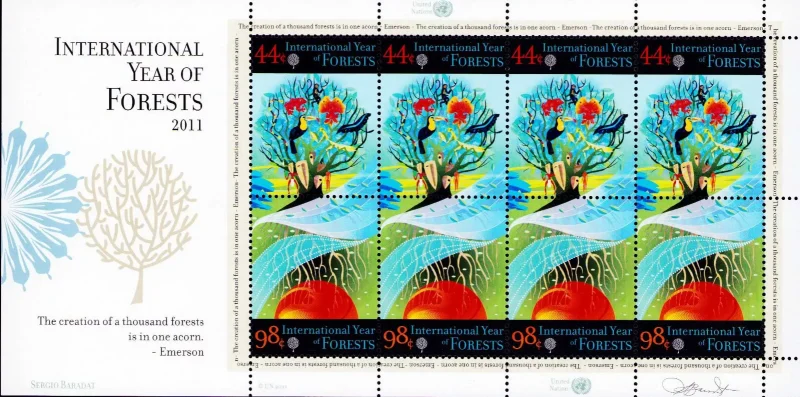
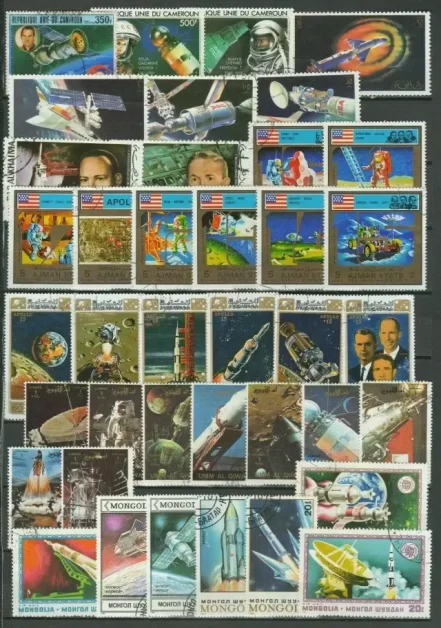
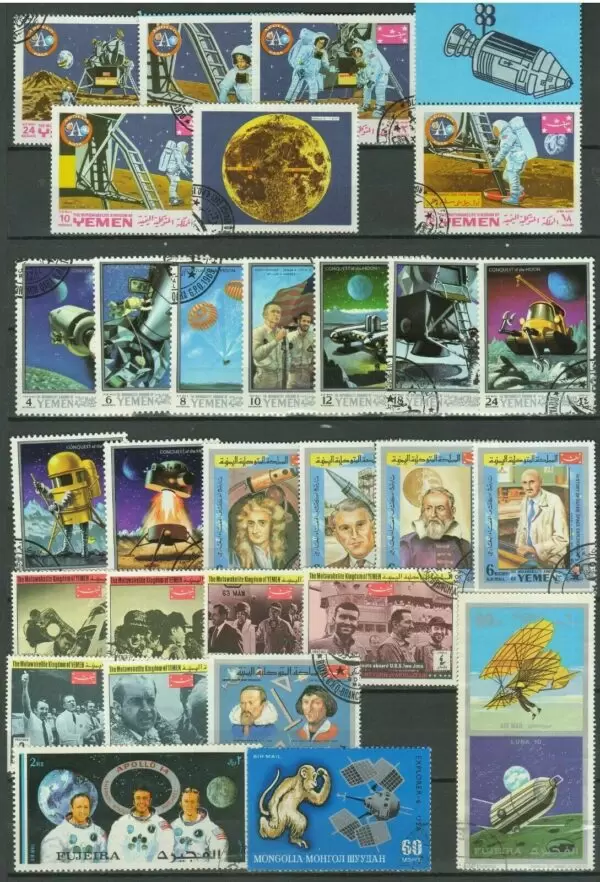
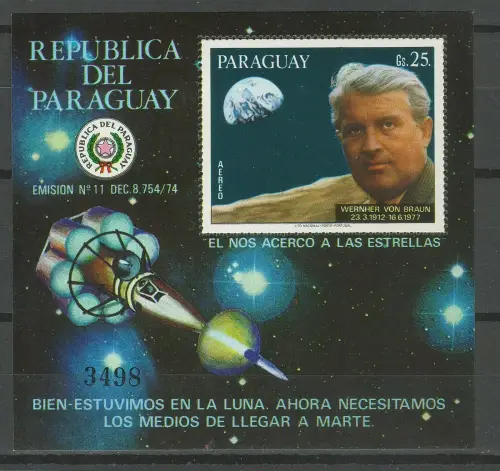
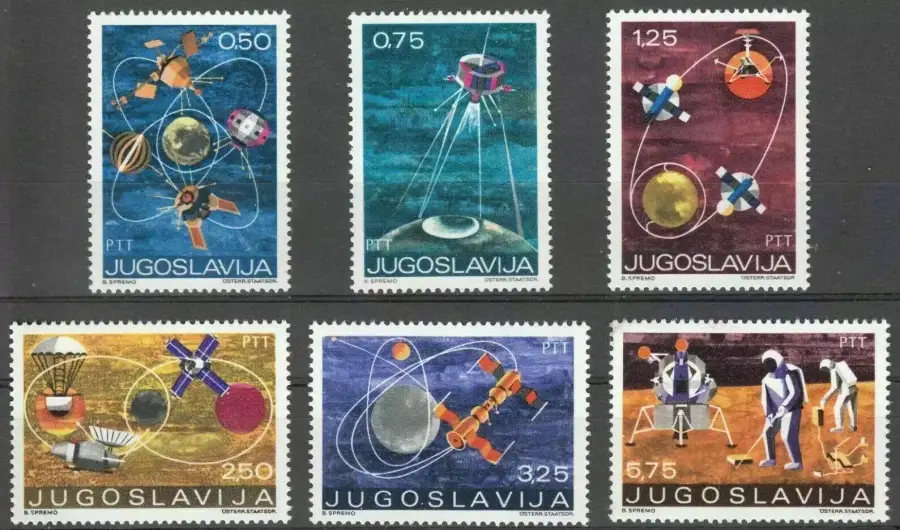
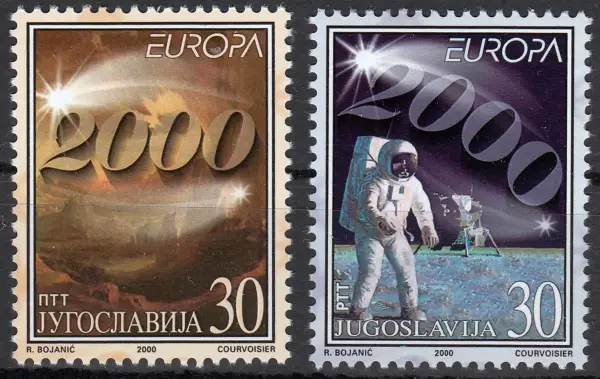
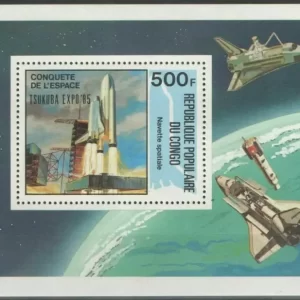
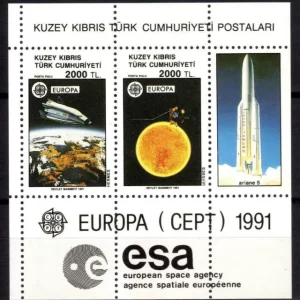
Reviews
There are no reviews yet.